If you’ve just started running or have been running for a long time, then there’s a good chance that you’ve had a painful run-in with shin splints. As muscles and tendons around your tibia are stressed and overused, they become inflamed. As they pull on the bone, it targets the nerve tissue lining it, causing high sensitivity and pain. Anyone who partakes in cardio-focused exercises with emphasis on their legs, such as runners, is much more prone to shin splints. This condition is quite common for runners, and there are easy ways to treat them and avoid facing them again.
What Are Shin Splints?
Shin splints are a type of pain that occurs along your shinbone, otherwise known as your tibia. The pain is caused by inflammation of the muscles, tendons, and bone tissue around the tibia. Shin splints can be caused by overuse of the muscles and tendons around the tibia, or by direct trauma to the bone. Because your tibia muscles may be weak and short, they can break down after sudden and continued stress.
It can often feel like an aching, persistent pain that’s focused entirely within your shin. Many who suffer report that the feeling in their shin can be throbbing. It occurs both during and after exercise, and, in some cases, if you press down on your shin. This area of your body has become incredibly tender, and any manner of stress, even a very low amount, can cause pain. Shin splint pain will eventually go away as you run, but if the pain persists long after you’ve finished, you could be suffering from a stress fracture. For most runners, however, shin splints are the usual cause of shin pain.
Shin splints are most often experienced by newer runners. New runners often suffer shin splints because they are not used to the impact of running. They have not yet built up their endurance or strength, so it’s natural to undergo some amount of pain in the beginning. You’re also more at risk of shin splints if you run on uneven terrain, have high or flat arches, or suddenly increase the intensity of your run.
Treating Shin Splints
Rest and reduced exertion are the best treatments for shin splints. You can also take anti-inflammatory pain medication, apply ice to the affected area, or wear compression garments to take some of the edges off. Wearing the right kind of shoes or arch supports could also help reduce the pain and occurrences of shin splints.
If you run for long periods, you should increase the amount and duration of cool-down periods. Adjust your running routine to reduce the amount of time, distance, or days spent running. As your body recovers, you can return to your original routine. Experiment with other types of exercise outside of running to give your shins a break.
Closely analyze your run when you’re cooling down or finished. You want to make sure your form is correct and not causing undue stress on your impacted muscles. Even slightly changing how you run could impact your shin splint risk.
Preventing Shin Splints
A pre-run stretch may be just what you need to save your shins from unwanted pain. Aim for stretches that target your hamstrings and calves. Using foam rollers as an exercise and massage tool would be helpful. Focusing on these muscles will improve your flexibility and range of motion, reducing the pressure that’s put on your tibia.
As mentioned earlier, not only are the right running shoes a good way to treat shin splints, but they can prevent them as well. Uncomfortable or old shoes are one of the top causes of shin splints. It’s possible that, if you’re wearing new shoes, it doesn’t have the arch support required for some feet. Have your feet and gait measured at specialty sports shops and find a shoe that fits perfectly. Inserting an insole is another solution for this issue. If you’ve been wearing a certain pair of shoes for a long time, it might be time to replace them. Shoes that have been used around 350 to 500 miles should be replaced. As they’re worn, the support cushioning wears down.
If you often run on concrete, you should know that your muscles and bones absorb more force than is typical. Change your running game by jogging on dirt trails, grass trails, or even a treadmill. In addition to a pleasant change of scenery, varying where and how you run can prevent unnecessary pain.
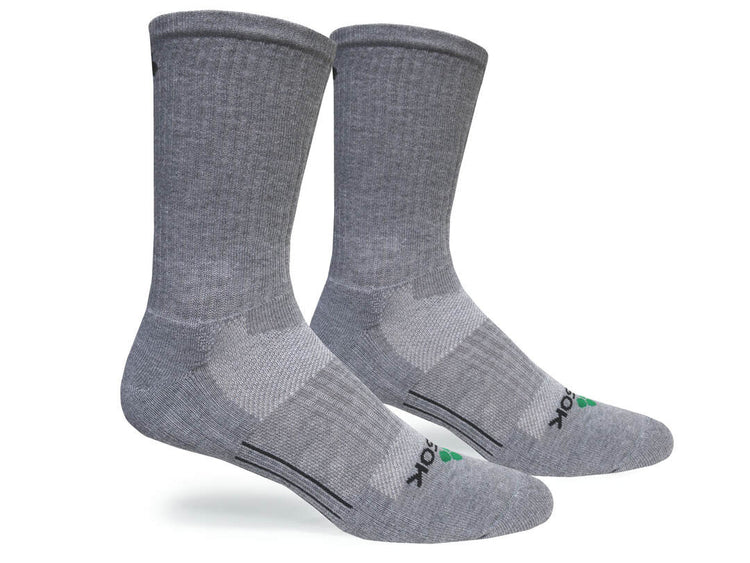
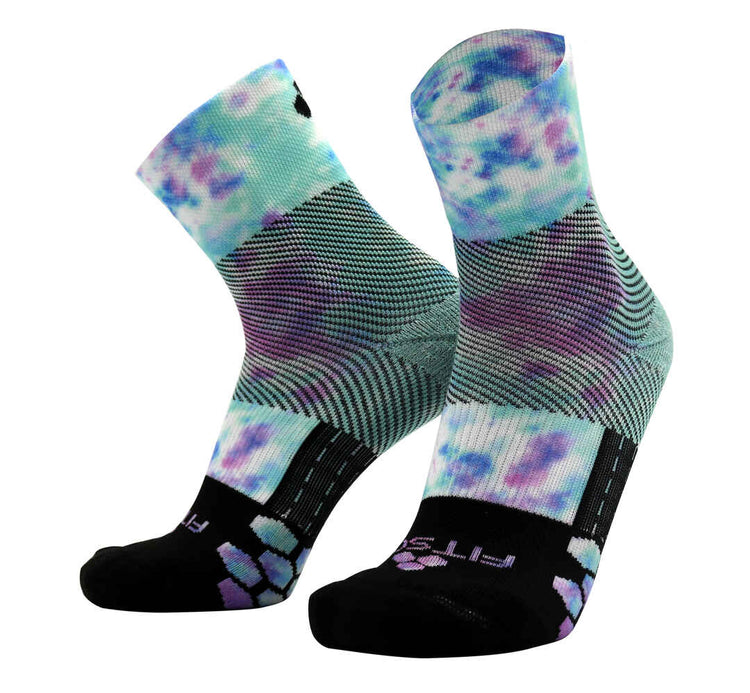
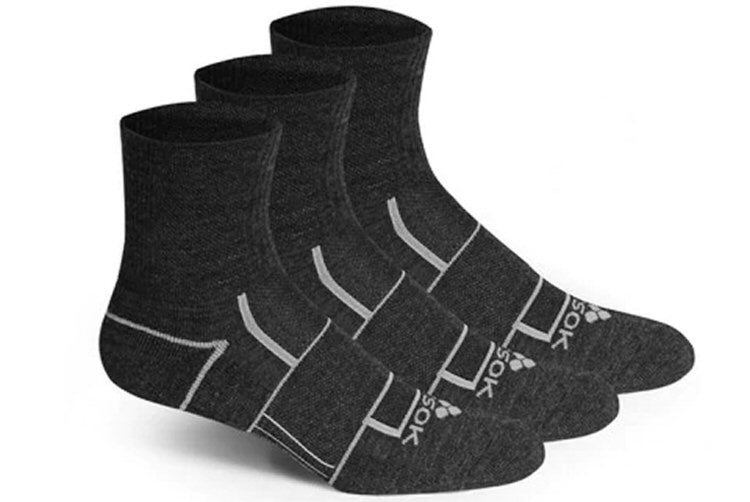
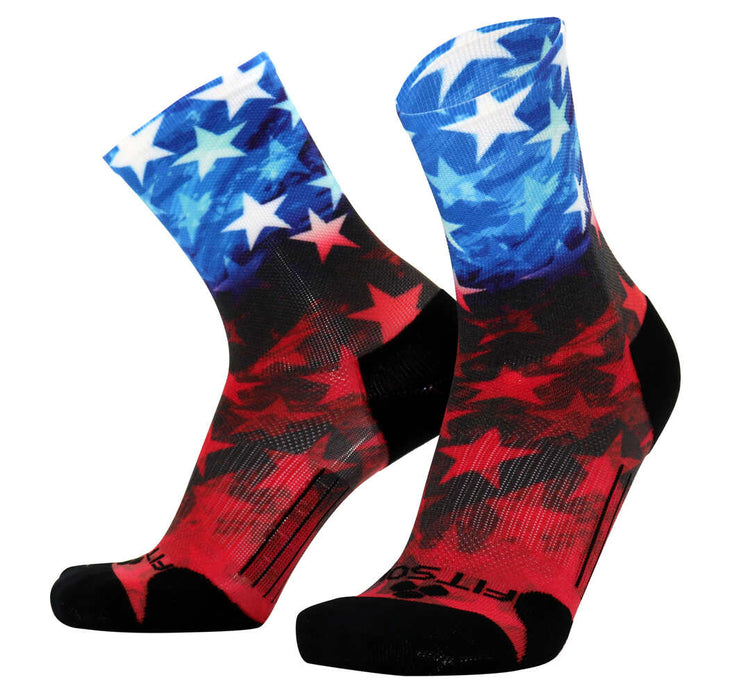
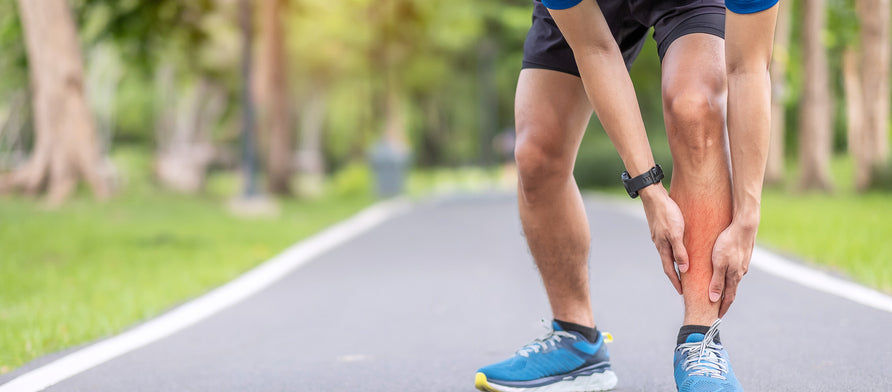
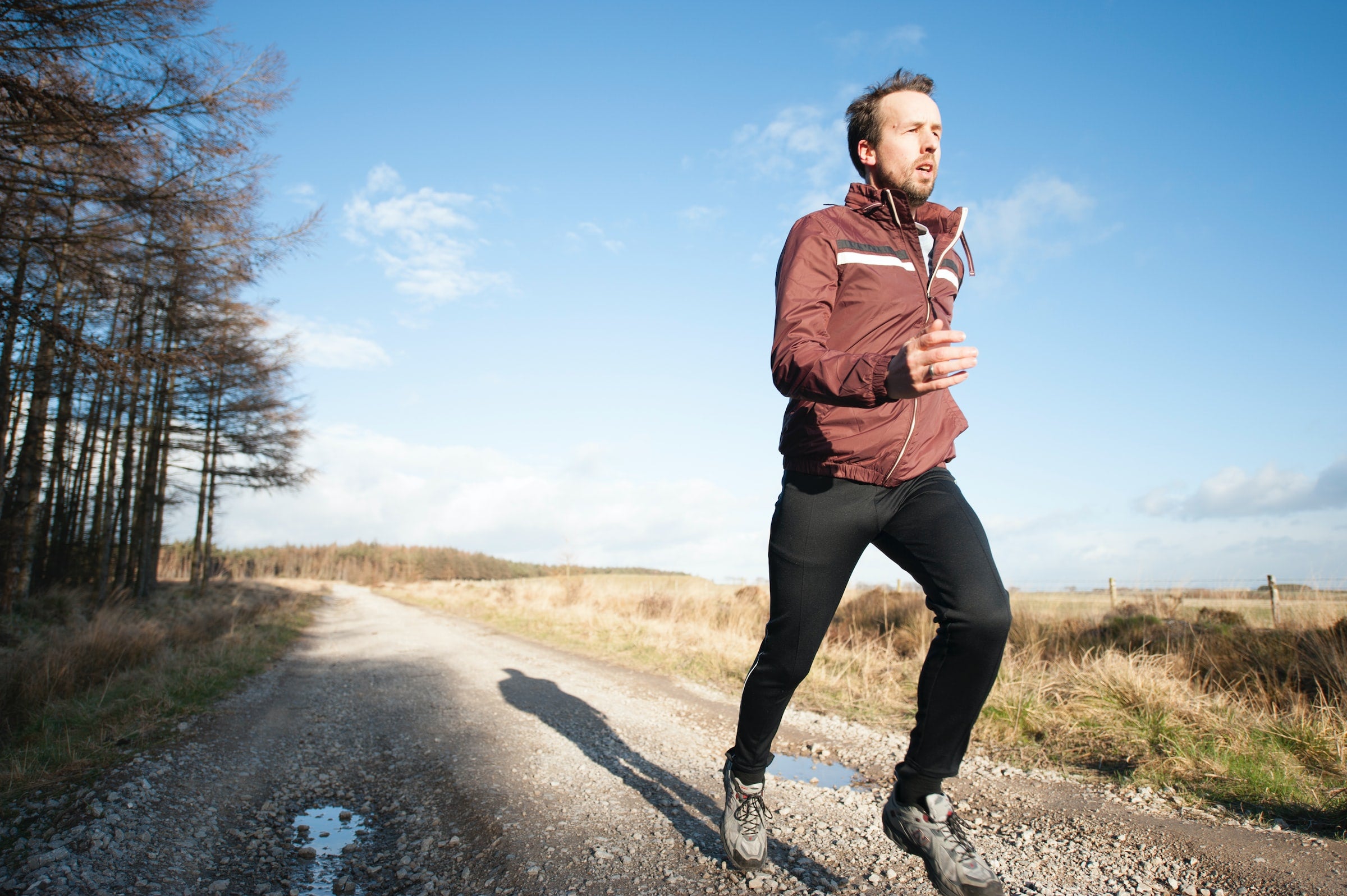

Leave a comment
This site is protected by hCaptcha and the hCaptcha Privacy Policy and Terms of Service apply.